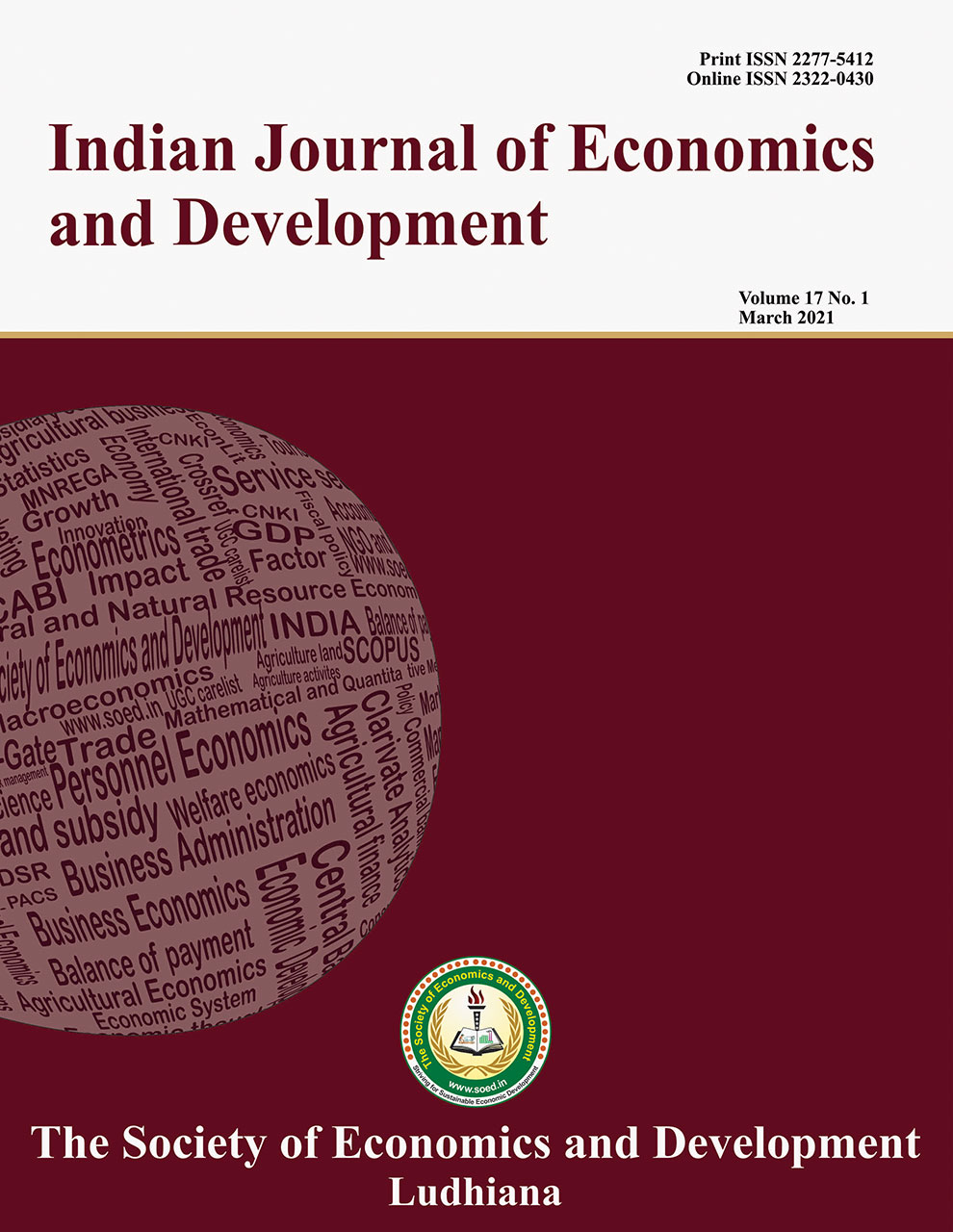Has the Consumption Pattern Changed? An Overview of Livestock Products

Price: ₹ 1000
Author: Babita Kathayat1, Priyanka Lal1 and A.K. Dixit2
Author Address: 1Ph.D. Scholar,and 2Principal Scientist, Dairy Economics, Statistics, and Management Division ICAR-National Dairy Research Institute, Karnal-132001 (Haryana) Corresponding author’s email: babitakathayat1@gmail.com
Keywords: Consumption pattern, income elasticity, livestock products, per capita expenditure.
JEL Codes: H51, Q12, Q18.
Abstract
Household food consumption pattern is mainly driven by several social-cultural and economic factors. Income being one such crucial factor, this study was undertaken with an attempt to understand the changing consumer behaviour of an average Indian household with respect to income using various rounds of consumption expenditure surveys of National Sample Survey Organization (NSSO). Findings of the study revealed that the consumption pattern of an average Indian household is shifting more towards high value food items such as livestock products which is dominating the share of consumption expenditure previously occupied by cereals, both in rural and urban areas as per latest survey findings. Within livestock product group, average monthly per capita expenditure for dairy products was reported to be higher (`299.2) than the corresponding expenditure towards meat consumption (`164.45) at national level. Livestock products being nutritionally superior if incorporated into the diets of hunger prone groups of society will have enormous potential to combat the nutritional challenges. Higher-income elasticities were observed for fruits, served processed food items and especially for milk and milk products were around 0.73 and 0.26both in rural and urban areas respectively. Demand growth of livestock products propelled by increased income is likely to put intense pressure on the supply side to improve its production performance therefore, having several policy implications such as production decisions, strategizing export and import of livestock products accordingly.
Description
Indian Journal of Economics and Development
Volume 16 No. SS, 2020, 312-317
DOI: https://doi.org/10.35716/ijed/NS20-023
Indexed in Clarivate Analytics (ESCI) of WoS
Babita Kathayat1, Priyanka Lal1 and A.K. Dixit2
1Ph.D. Scholar,and 2Principal Scientist, Dairy Economics, Statistics, and Management Division
ICAR-National Dairy Research Institute, Karnal-132001 (Haryana)
Corresponding author’s email: babitakathayat1@gmail.com



